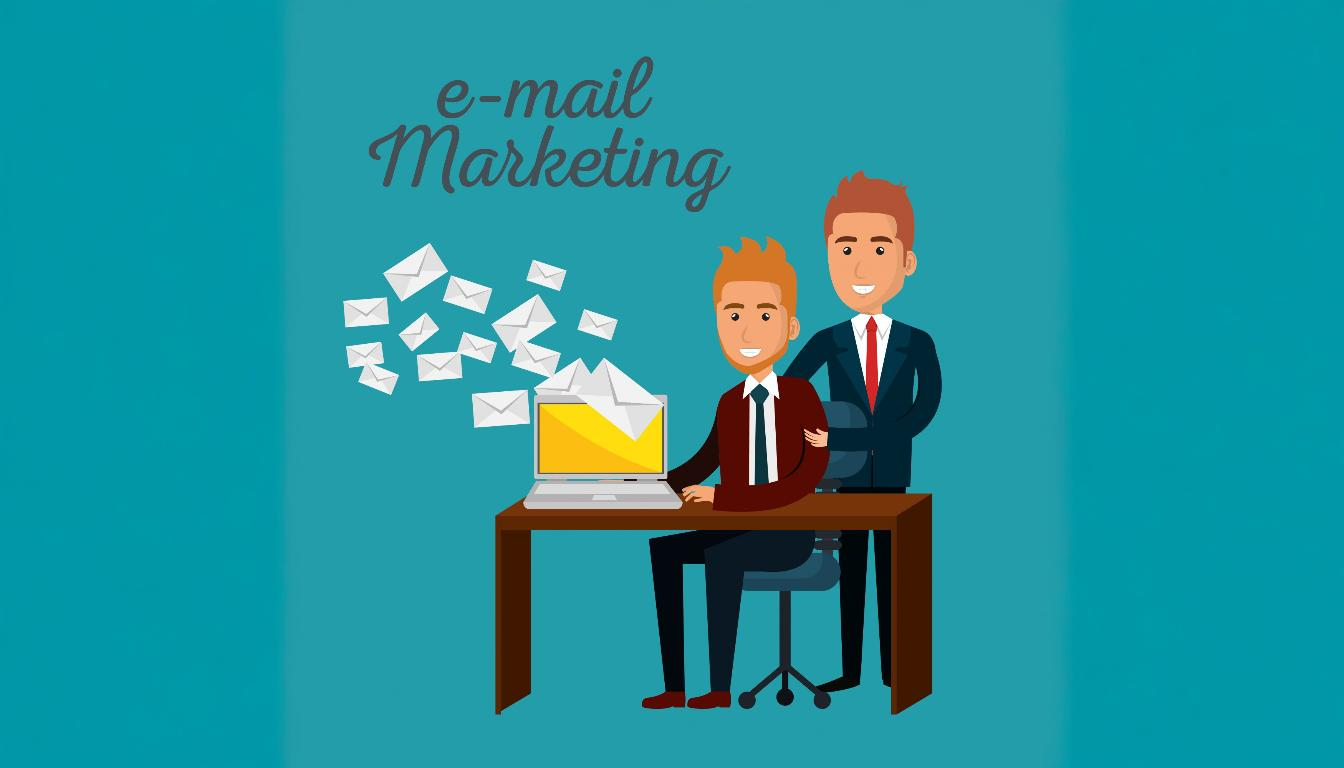In the ever-evolving landscape of digital education, email marketing stands as a powerful tool to engage learners and boost course enrollments. To master eLearning, understanding effective email marketing strategies is crucial. However, many make the costly mistake of buying email lists, which can damage reputation and productivity. Instead, focusing on organically building your email list ensures a more engaged audience, ready to respond to your offerings. As alluring as purchasing lists may be, the drawbacks are numerous, including poor engagement rates and potential legal issues. A personalized, ethical approach to building and utilizing your email list is the cornerstone of successful eLearning endeavors.
Beginnings matter, and nowhere is this more true than in email marketing. The first rule of thumb? Leverage your eLearning platform to collect genuine subscriber interest. Use sign-up forms on your website to capture the attention of prospective learners. Offering free mini-courses or downloadable resources in exchange for an email subscription is a fantastic way to expand your list. Potential students are more likely to sign up when there’s a tangible benefit to them. Automate the follow-up process with a clear, personab offer that addresses their immediate needs or challenges. This way, you build trust from the get-go, establishing a firm foundation for future communications.
Content is king, but relevance is the crown jewel. Segment your audience based on their specific interests or past interactions with your eLearning platform. By doing so, you can tailor your messages to different learner segments, ensuring they feel valued and understood. Use analytical tools to understand which topics resonate most with your segments, adapting your courses and materials accordingly. Personalized and segmented emails often result in higher open rates and click-through rates. This not only sustains interest among your existing students but also positions you as an adaptive, learner-focused institution.
Consider crafting compelling stories that relate to the transformational journey your eLearning platform offers. People connect with narratives, and by sharing stories that showcase how your courses have transformed previous learners, you create a relatable and aspirational vision for your audience. Highlight student testimonials and success stories, using them as a part of your email storytelling. This strategy not only enhances engagement but can also inspire prospective learners to embark on their own educational journey with your offerings.
Timing is everything. Understanding when your audience is most likely to open and engage with your content can increase your email marketing effectiveness. Analyzing the optimal times to send emails and scheduling them accordingly means learners receive your messages at moments they’re most receptive. Test different send times and frequency, ensuring you don’t overwhelm your subscribers while maintaining top-of-mind awareness. Consistent communication, calibrated to the preferences of your subscribers, strengthens your relationship with them and helps prevent your emails from ending up in the spam folder.
Creating interactive content within your emails is another way to elevate engagement. Incorporate quizzes, polls, and clickable content that allows learners to directly engage without leaving their inbox. Such interactivity not only enthralls your audience but also provides valuable insights into their preferences and readiness to purchase a course. Gamification elements can transform an ordinary email into a dynamic experience, keeping your content fresh and inviting. This hands-on approach encourages deeper involvement and can serve as a preview of the engaging learning experiences your platform provides.
Finally, never underestimate the power of analysis and refinement in your email strategy. Regularly reviewing metrics such as open rates, click-through rates, and conversion rates can yield insights that guide future campaigns. A/B testing different email elements, from subject lines to call-to-action buttons, allows you to discover what drives your audience. Utilize feedback loops where learners can share their email preferences, likes, and dislikes. Continuously improving and iterating upon your email strategies based on real-world data ensures your approach remains effective, relevant, and appreciated.
By following these steps, you’ll not only cultivate a robust, engaged email list ethically but also strengthen your overall eLearning marketing strategy. Through organic list growth, personalized content, strategic send timings, and interactive elements, your emails will capture the right kind of attention—without the pitfalls associated with purchased lists.
